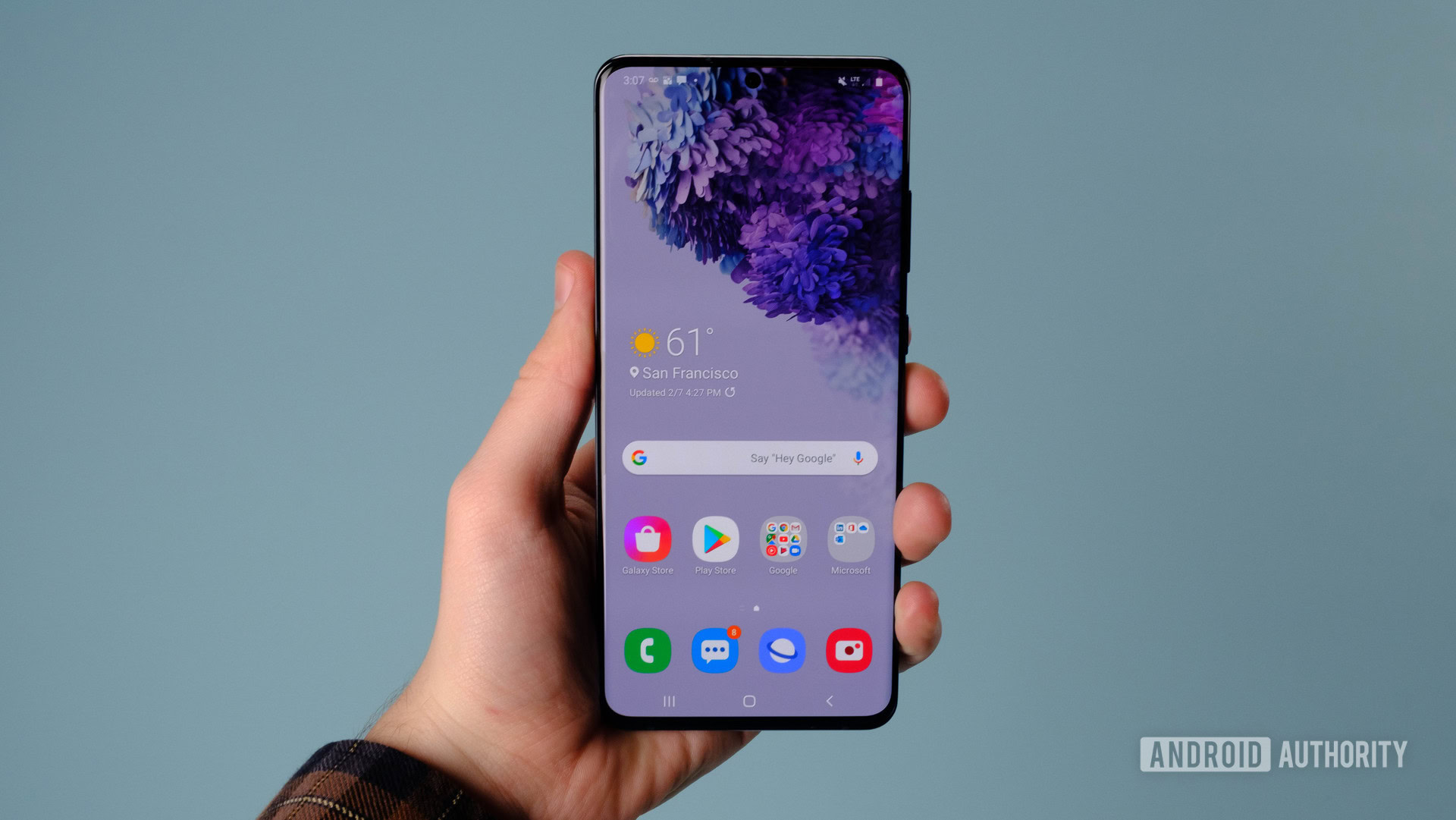Affiliate links on Android Authority may earn us a commission. Learn more.
Why is the Samsung Galaxy S20 so expensive?
Published onFebruary 11, 2020
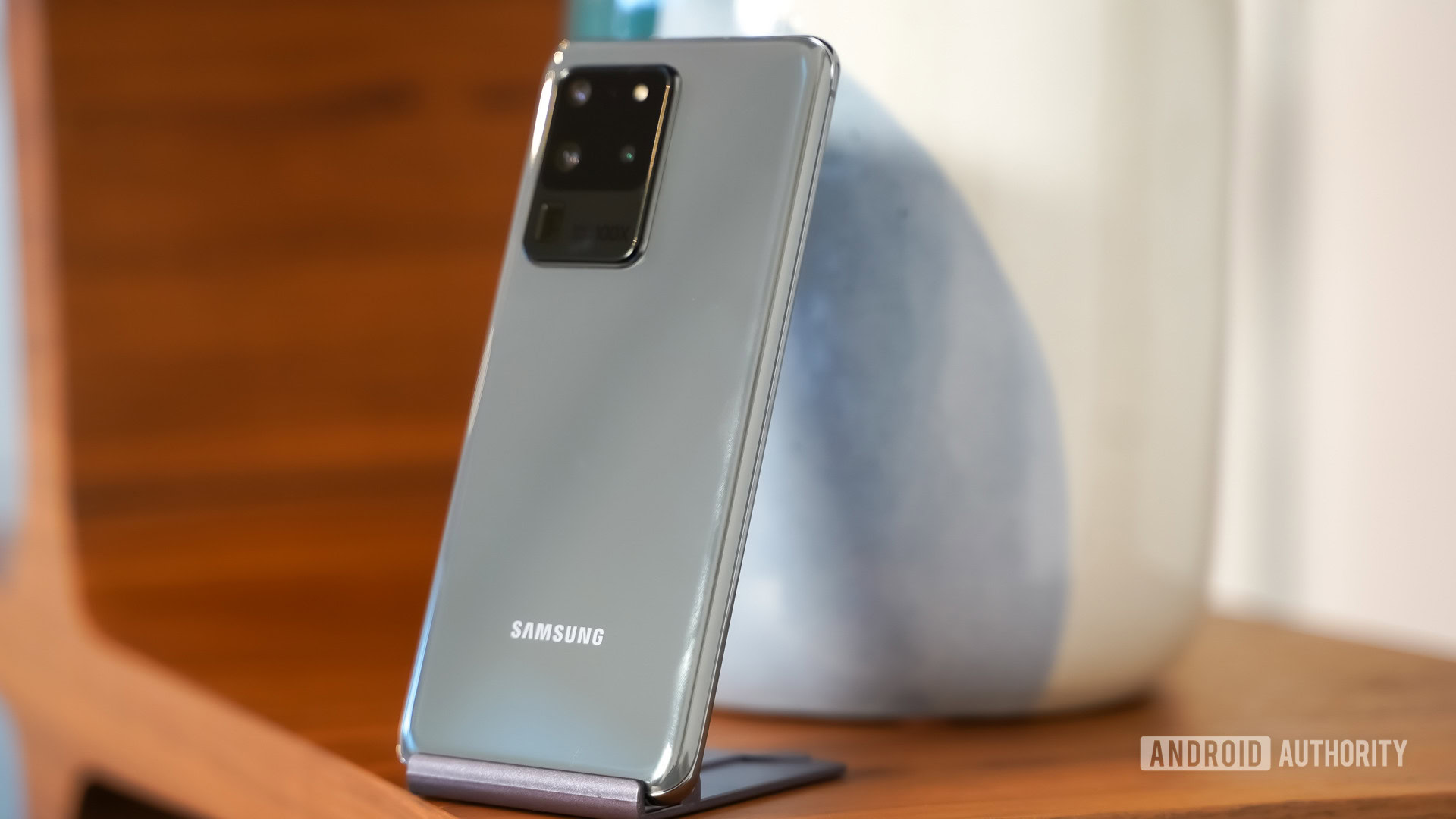
Holy moly, the Samsung Galaxy S20, Galaxy S20 Plus, and Galaxy S20 Ultra are some expensive phones! The S20 starts at $999, the S20 Plus starts at $1,199, and the S20 Ultra starts at $1,399. Want more storage? Expect to pay an even higher premium.
Those prices represent huge jumps over the more affordable Galaxy S10 series from 2019. The S10e was $749, with the S10 and S10 Plus following at $899 and $999, respectively. That means a minimum price increase of $250 for Samsung’s 2020 phones. What gives?
Blame 5G
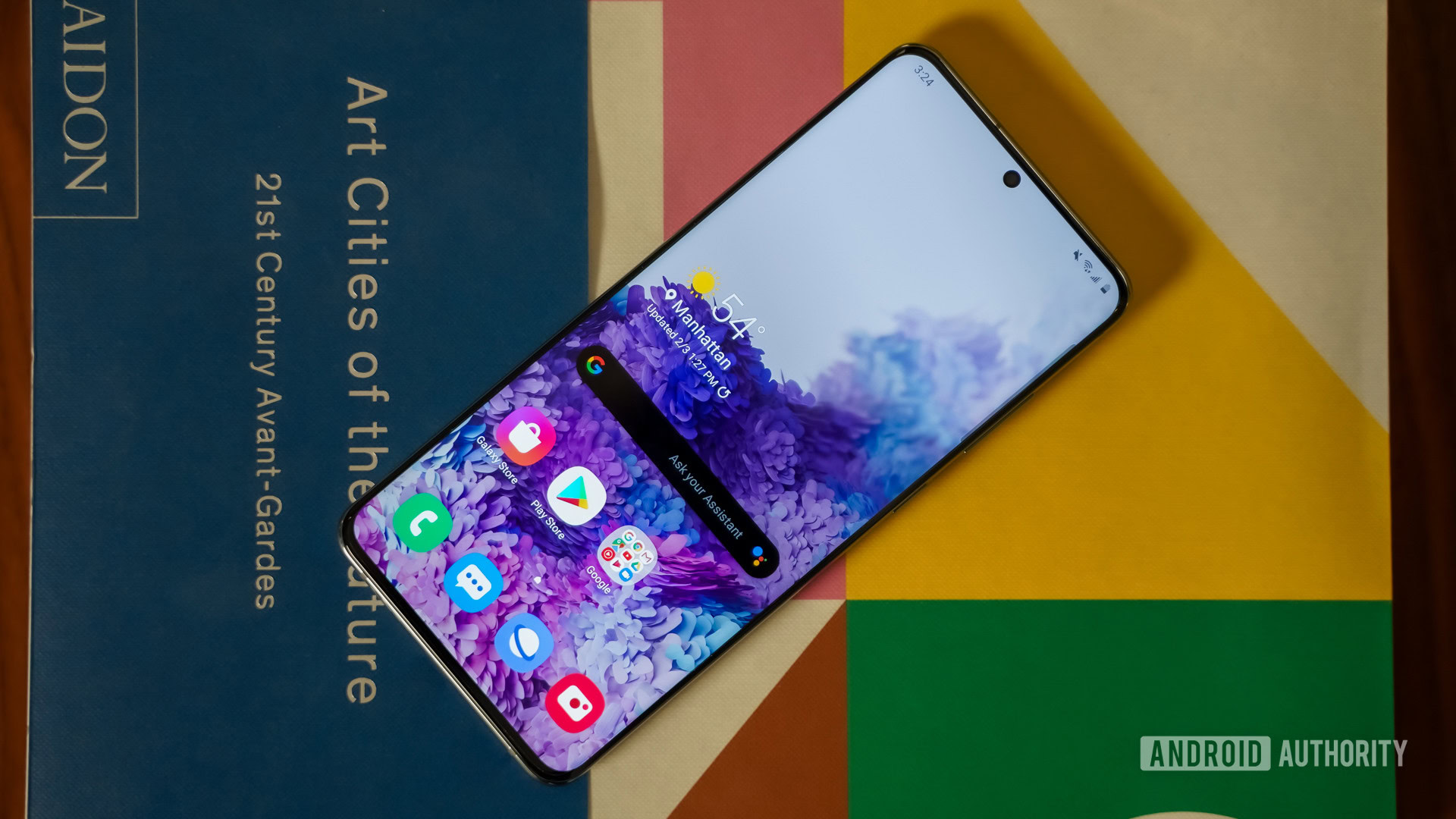
The Galaxy S20 series is one of the first to include wide support for 5G networks. Sure, Samsung offered 5G variants in the S10 Plus 5G and Note 10 5G, but all of the phones in the S20 line offer 5G. The Galaxy S20 offers sub-6GHz, while the Galaxy S20 Plus and S20 Ultra support mmWave and sub-6GHz. This means the phones can run 5G on AT&T, Sprint, T-Mobile, and Verizon Wireless in one capacity or another.
5G has been around for a couple of years already, but it is still a new technology. It’s a long way off from reaching critical mass. That means we’re in the early adopter phase, and those early adopters will need to cough up a premium for the privilege.
This could hurt Samsung
“The move to 5G — with mmWave support on the S20 Plus and S20 Ultra — accounts for some of the cost increase,” noted Avi Greengart, principle analyst at Techsponential, “but there will be 5G phones coming to market in 2020 that undercut the S20 significantly on price.”
We don’t know what those are yet, but count on Google, Motorola, and LG to offer 5G in 2020. HMD Global and OnePlus have plans to release affordable 5G devices at some point later this year.
“Samsung is missing an S20 entry in the $700 to $800 price range where the bulk of flagship phones are sold,” said Greengart. “Samsung is keeping some older phones on the market at lower price points — a strategy Apple has benefited from for years — but if you want Samsung’s newest phones, you’ll have to pay considerably more for them.”
But don’t blame *only* 5G
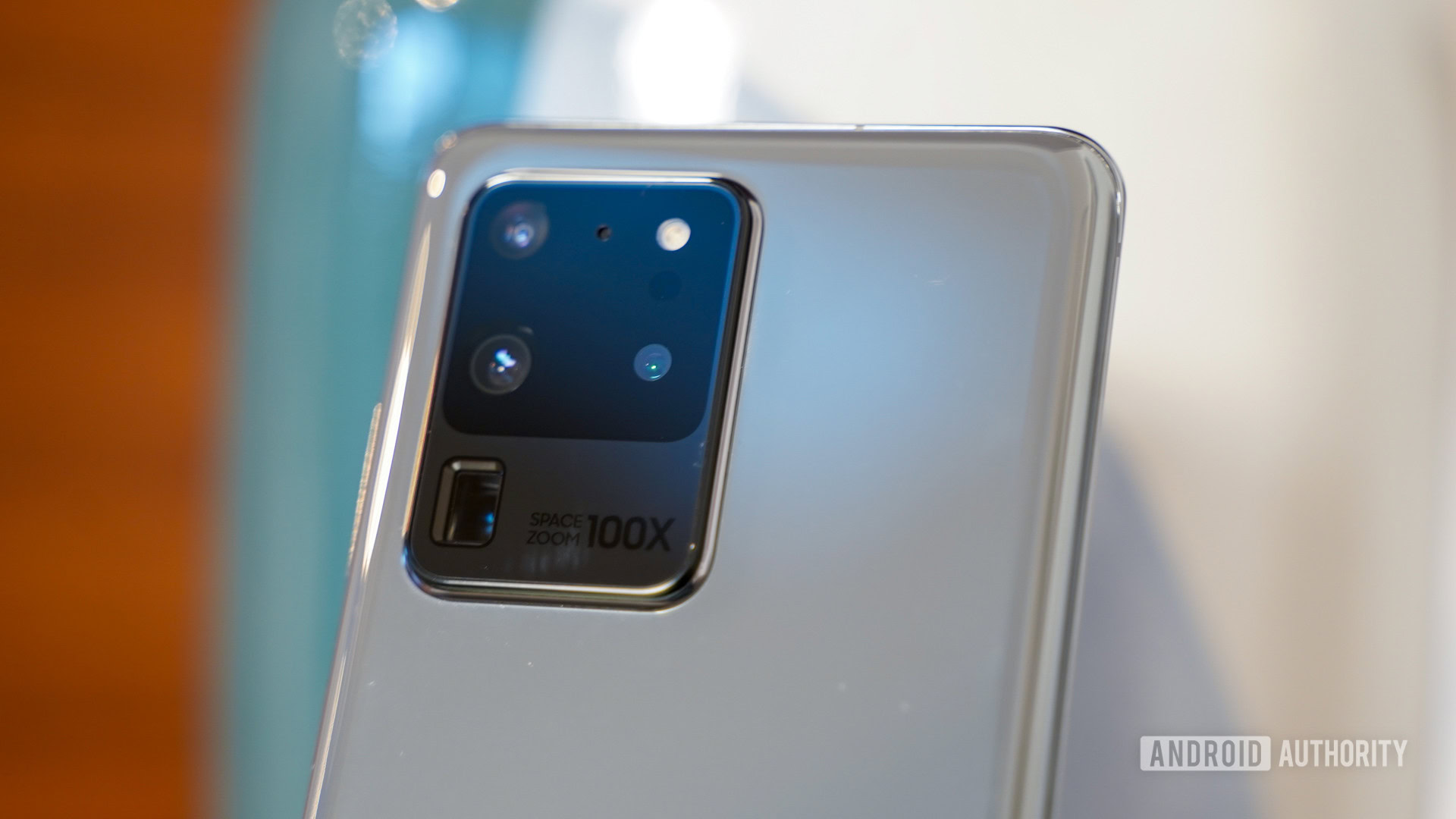
While there’s a price premium built into the Galaxy S20 family thanks to 5G, it isn’t the only reason for the big price increase.
Consider the cameras. Samsung completely reimagined the camera system for the S20 line, including Space Zoom for crazy levels of zoom. This stuff doesn’t come cheaply.
Our early impressions: Samsung Galaxy S20 hands-on: Focusing on the competition
Then there are the displays. Samsung bypassed 90Hz screens for 120Hz displays that have 240Hz response rates. This is another technological jump that surely adds to the cost — particularly when you consider that the display represents the lion’s share of any phone’s overall price to manufacture.
Other pricey components include the Snapdragon 865 processor, huge 12GB RAM modules, and base 128GB storage offerings.
People will buy anyway
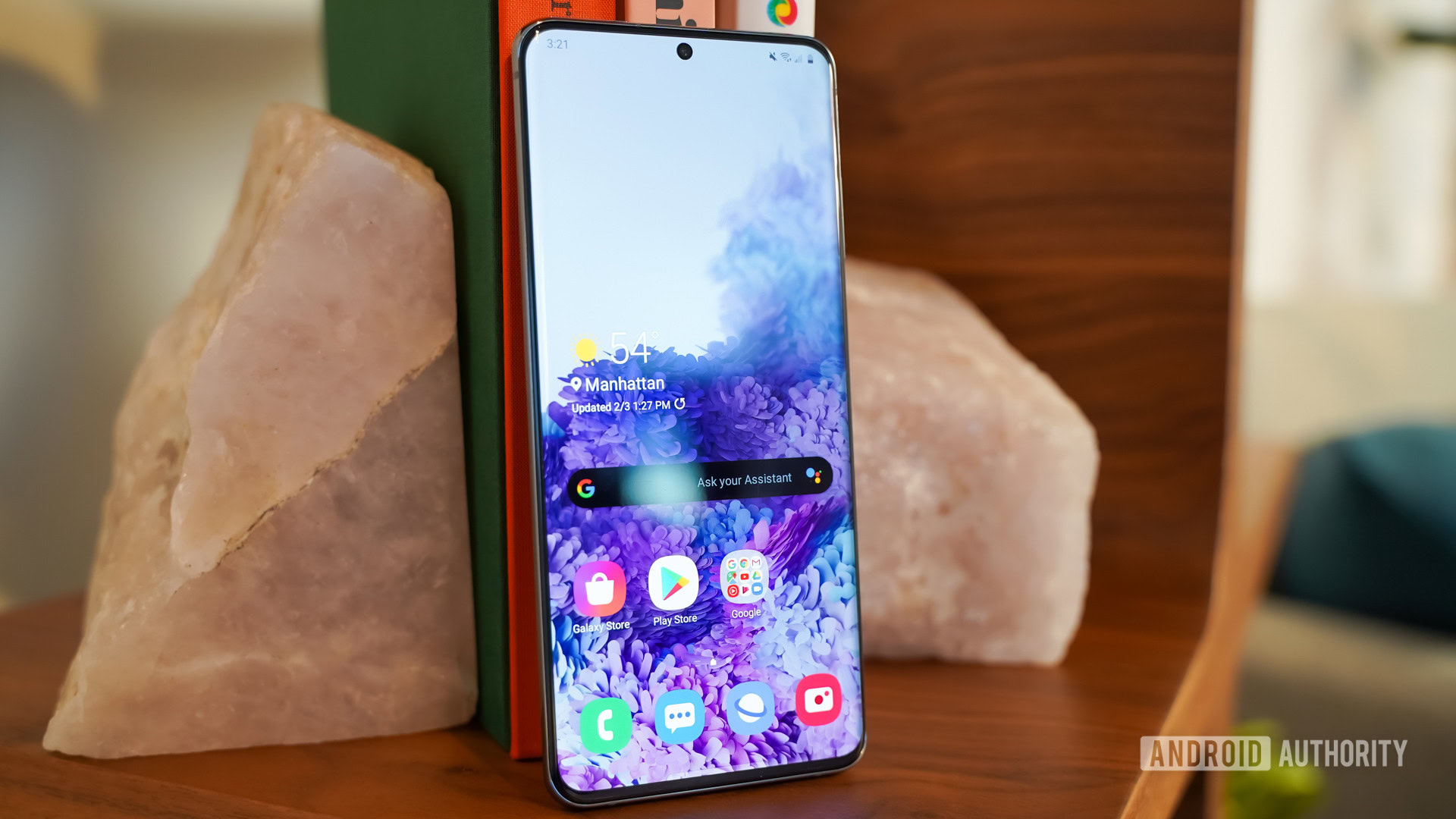
The total price tag matters less in some markets than others.
“In markets like the U.S., carriers allow consumers no-interest financing over 20 to 30 months, making increasingly expensive phones more accessible,” said Greengart. For example, the average monthly cost of a $1,000 smartphone is somewhere near $42 per month. “The Galaxy S20 Ultra may still be priced out of reach for average consumers, but that’s okay — it isn’t designed for everyone.”
Consider this. The average upgrade cycle is now more than 26 months. That means people wait more than two years between phone purchases. With the 5G and feature upgrades, Samsung is hoping that people will take the big leap to its latest hardware.
But if you’re not in the market for such costly gear, be sure to check out Samsung’s newly more affordable S10 series. The S10e now costs $599, while the S10 costs $749 and the S10 Plus costs $849. There’s no word from Samsung if pricing for the S10 Plus 5G has been reduced. Either way, last year’s phones — which continue to be excellent — are suddenly much more attractive.
